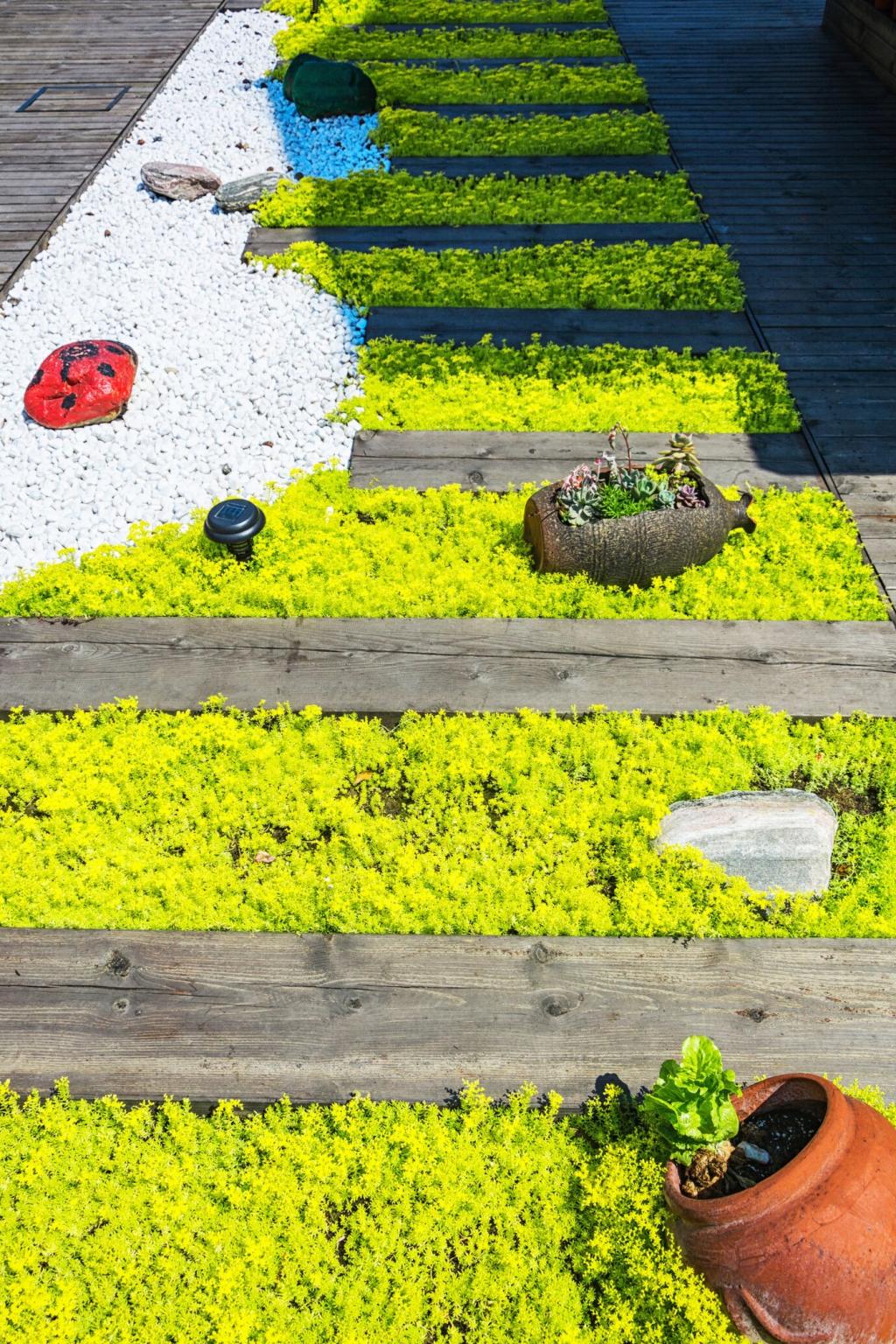Seasonal Care for Long‑Term Resilience
When rain fails, provide an occasional deep soak rather than frequent sprinkles. This keeps roots exploring, not lingering at the surface. Tell us how you schedule supplemental water, and we’ll share zone-based timing guides you can adapt.
Seasonal Care for Long‑Term Resilience
Shape plants lightly to maintain airflow and remove only what’s necessary. Leave some seedheads for birds and winter structure. Post a before-and-after photo of your pruning work, and note any changes in flowering or wildlife activity you observed.
Seasonal Care for Long‑Term Resilience
Keep a simple log of sun shifts, wind tunnels, and plant responses during heat. Small tweaks—moving a rock, adding shade—can transform survival. Share a quick observation from this week, and let the community help you fine-tune your approach.



